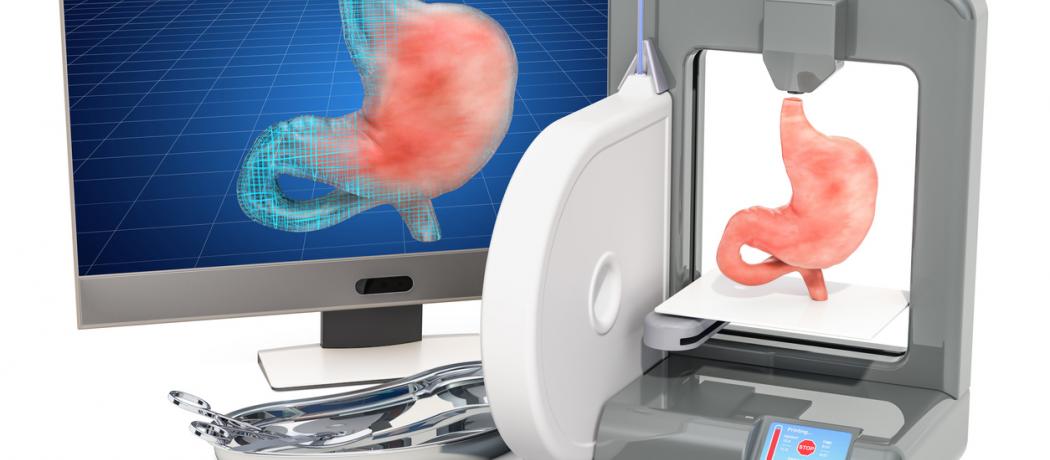The development and commercialization arm of the Cleveland Clinic held its 16th annual Medical Innovations Summit in October 2018. The clinic’s scientists and physicians sifted through 100 nominations to select 10 up-and-coming innovations that they predict will improve care for patients throughout the world.[1]
Here are their predictions for the top innovations:
1. Alternative therapies for pain to curb the number of unnecessary opioid prescriptions. Approaches include aromatherapy, dietary changes, and stress management, along with pharmacogenomics testing—a futuristic approach to analyzing the patient’s genetic makeup to determine how well the patient is able to metabolize certain medications.
2. Artificial intelligence to allow physicians to make better use of data from their electronic medical record system.
3. Increased time frame for acute stroke intervention to decrease disability.
4. New immunotherapy targets and biomarkers to lead to more effective treatment methods for more types of cancer.
5. 3-D printing of customized medical devices specific to the patient’s dimensions and anatomy. Examples include as airway stents, cranial implants, and external prosthetics.
6. Simulation training using virtual and mixed reality to understand relationships between various structures of the human body in 3-D.
7. Visors for hemorrhage scanning to detect ruptured blood vessels in the brain.
8. Advancement in robotic surgery for complex procedures.
9. Percutaneous replacement and repair of mitral and tricuspid valves to increase positive patient outcomes and to use this method on a larger patient population.
10. RNA-based therapies to detect and intercept genetic abnormalities and to treat Huntington disease, some forms of cancer, and neurological diseases.
This year’s predictions sound quite exciting and perhaps within reach, though the Advisory Board to the Medical Innovation Summit warns readers that innovations are not the same as inventions. Implementation of innovations often requires a visionary physician to lead and advocate for the innovation. Physicians will change their clinical behavior if the innovation does not impede their workflow, and if it gives them more patient-facing time.
I wonder if nursing and other health professionals might also have a stimulating list of projected innovations to transform patient care in the home or in long-term care facilities. As my wife’s caretaker (she has far advanced dementia), I pray for innovations in security and surveillance systems, for improved technology designed to move patients in and out of bed, for innovative beds with moving parts for repositioning patients and reducing pressure-related skin breakdowns, and for innovative clothing and bedsheet materials.
—George Szasz, CM, MD
Reference
1. Advisory Board. The top 10 health care innovations for 2019, according to Cleveland Clinic. Accessed 14 January 2019. www.advisory.com/daily-briefing/2018/10/26/innovations.
This post has not been peer reviewed by the BCMJ Editorial Board.

